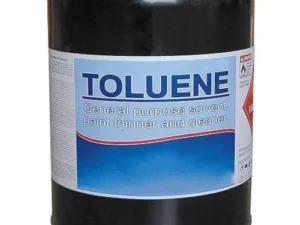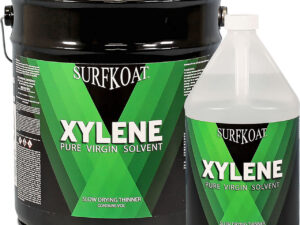Description
Polyvinyl Chloride (PVC): The Versatile Plastic Shaping Our World
Polyvinyl Chloride, more commonly known as PVC, is a synthetic plastic polymer that has become ubiquitous in modern life. From water pipes to medical devices, window frames to flooring, its versatility, durability, and cost-effectiveness have propelled it into a cornerstone material for a vast array of applications.
What is PVC?
PVC is created through the polymerization of vinyl chloride monomer (VCM). This process involves linking numerous VCM molecules together to form long chains, resulting in a solid, white plastic. The basic PVC polymer is rigid and brittle, but its properties can be significantly altered by adding various additives, allowing it to be tailored for specific uses.
The Two Faces of PVC: Rigid and Flexible
PVC comes in two primary forms:
- Rigid PVC (RPVC): This form, often referred to simply as PVC, is characterized by its hardness and resistance to deformation. It’s commonly used in applications requiring structural integrity and durability, such as:
- Pipes and Fittings: RPVC’s resistance to chemicals and corrosion makes it ideal for water and sewage systems.
- Window and Door Frames: Its weather resistance, low maintenance, and affordability make it a popular choice for building materials.
- Signage and Packaging: RPVC can be easily molded into various shapes, making it suitable for creating signs, displays, and blister packaging.
- Flexible PVC (FPVC): By adding plasticizers, such as phthalates, PVC can be made significantly more flexible and pliable. This form is used in applications requiring flexibility and conformability, including:
- Cables and Wiring: PVC provides insulation and protection for electrical wires.
- Flooring: As vinyl flooring, PVC offers durability, water resistance, and a wide range of design options.
- Medical Tubing and Bags: Its biocompatibility and flexibility make it suitable for medical applications.
- Inflatable Products: From inflatable toys to swimming pool liners, flexible PVC provides the necessary flexibility and water resistance.
Advantages of PVC:
PVC’s widespread adoption is driven by several key advantages:
- Durability and Longevity: PVC resists weathering, corrosion, rot, and abrasion, ensuring a long lifespan in various environments.
- Cost-Effectiveness: Compared to other materials like wood or metal, PVC is generally more affordable, making it a cost-effective choice for many applications.
- Versatility: The ability to modify PVC’s properties through additives makes it adaptable to a wide range of needs.
- Chemical Resistance: PVC is resistant to many chemicals, including acids, alkalis, and solvents, making it suitable for use in harsh environments.
- Ease of Installation: PVC is lightweight and easy to cut, join, and install, reducing labor costs.
Environmental Considerations:
Despite its numerous benefits, PVC production and disposal have raised environmental concerns:
- Dioxin Emissions: The production of VCM can release dioxins, highly toxic persistent environmental pollutants. Modern manufacturing processes strive to minimize these emissions.
- Plasticizer Concerns: Some plasticizers used in flexible PVC, particularly phthalates, have been linked to health problems, leading to the development of alternative plasticizers.
- Recycling Challenges: While PVC can be recycled, the recycling infrastructure isn’t as widespread as for other plastics.
Future Trends and Innovations:
The PVC industry is constantly evolving to address environmental concerns and improve the performance and sustainability of PVC products. Key trends include:
- Development of Bio-Based Plasticizers: Research is focused on developing plasticizers derived from renewable sources.
- Improved Recycling Technologies: Efforts are underway to increase the recycling rate of PVC and develop more efficient recycling processes.
- Lead-Free Stabilizers: The transition towards lead-free stabilizers in PVC production is gaining momentum.
- Sustainable Manufacturing Practices: The industry is adopting more sustainable manufacturing practices to minimize environmental impact.
Conclusion:
Polyvinyl Chloride is a remarkably versatile and widely used plastic that plays a significant role in various aspects of modern life. While challenges remain regarding its environmental impact, ongoing innovation and a commitment to sustainability are driving the development of more environmentally friendly PVC products and practices. As technology advances and recycling infrastructure improves, PVC will likely continue to be a crucial material in shaping our world for years to come.












Reviews
There are no reviews yet.